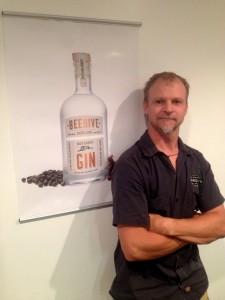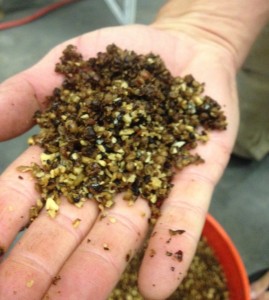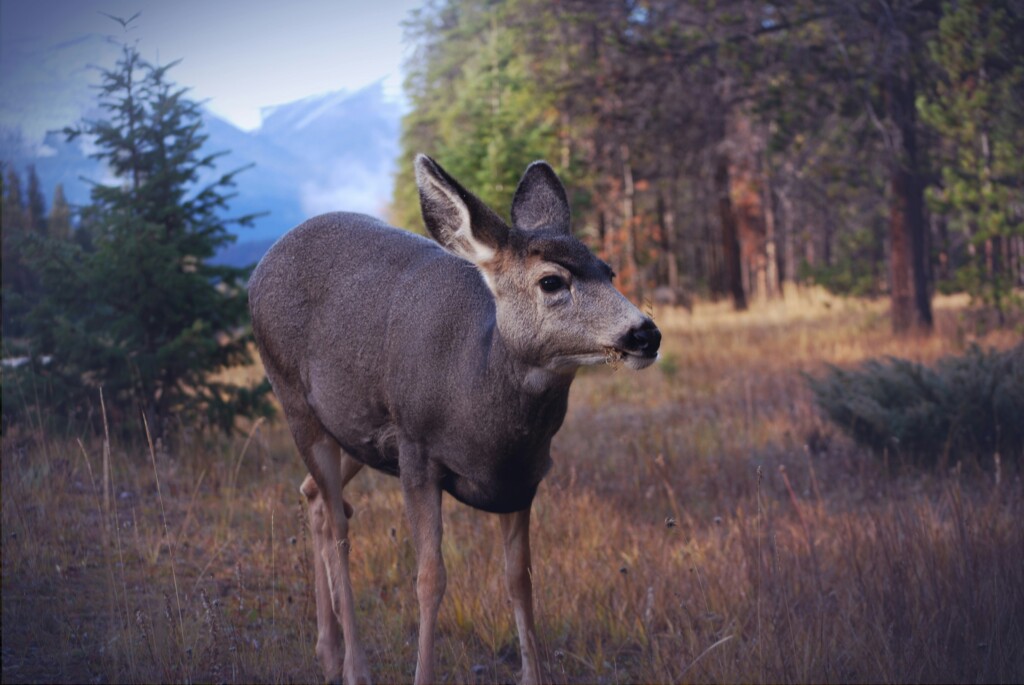
“See that spot on my hand?” Chris asks, pointing to the worn red area on his palm. “That’s from pushing corks,” he explains. The corks Chris pushes are the stoppers on the bottles of gin he and his distilling com padres are handcrafting at Beehive Distilling. With their relatively recent introduction of Jack Rabbit Gin, partners Chris Barlow, Erik Ostling and Matt Aller have broken a 140-year distilling dry spell in Utah.
The Salt Lake City trio initially formed their friendship through years of professional experience in design and advertising, so, when they decided to follow through with the idea of teaming up to produce liquor, they chose a spirit that would allow them to exercise their collective imagination. “We like to design things,” Chris says. “We could have made vodka, but that’s flavorless and tasteless, and then what would be our goal? To make something more flavorless and tasteless?” To these creatives, gin was their fresh canvas. “The art, skill and fun,” Chris says, “comes from adding to the blank slate.”
Making Jack Rabbit Gin mixes nature with ingenuity. The process begins by adding plant-based ingredients to grain alcohol. “The sky’s the limit for the number of botanicals you can use,” Erik notes, the number of recipe permutations mind-boggling. After months of “ginspirational” experimentation, they finalized their formula. “We chose seven botanicals,” Chris explains, “because often, less is more.” Four botanicals are steeped in the base alcohol, and then run through the still, where vaporization infuses the batch with rose petals, sage and lemon peels. “With the simplicity of the formula,” Erik explains, “you can taste each element more distinctly.”
The three friends manage the entire process. Chris does most of the distilling, and Matt and Erik come in to bottle, packaging 50-60 cases in a day. Being new to the booze biz, they initially had only a guesstimate of projected sales. Their first month, they sold more cases of their hand-produced spirits than anticipated, and sales have continued to grow as Utahans discover the sophisticated complexity of this locally-produced pleasure.
Beehive Distilling commands a market niche not only in that it is Utah’s only craft-distiller of gin, but also because of the right-place, right-time aspect of offering a locally-generated product. “Our timing is great,” Eric notes in reference to the trend of consumers spending locally. “Our gin mixes better than any other gin out there,”Matt maintains, “and if you have the opportunity to buy something local, it doesn’t make any sense to buy from a big corporation.”







